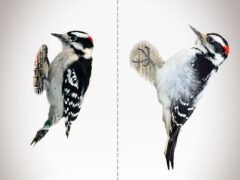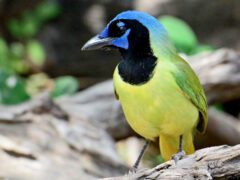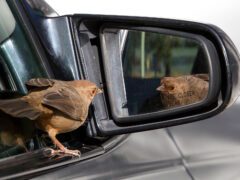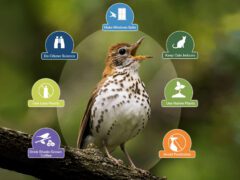The Four Keys to ID
- Size & Shape
A chunky game bird with a small head, chubby body, short legs, and relatively short tail.
Relative Size
Larger than a Ruffed Grouse, smaller than a Ring-necked Pheasant.

 crow-sized
crow-sizedMeasurements
- Both Sexes
- Length: 16.9 in (43 cm)
- Weight: 31.9-36.1 oz (904-1024 g)
- Wingspan: 27.4-28.5 in (69.5-72.5 cm)
© Dorian Anderson / Macaulay Library
- Color Pattern
- Behavior
- Habitat
Regional Differences
Greater Prairie-Chickens are divided into two living subspecies plus the extinct Heath Hen, which lived in the northeastern U.S. Attwater’s Prairie-Chicken (attwateri) is a small, dark prairie-chicken that was once common around the western Gulf of Mexico but is now found only in three very small areas. Greater Prairie-Chickens that inhabit the Great Plains (pinnatus) are larger than Attwater’s and have mostly bare lower legs.
























